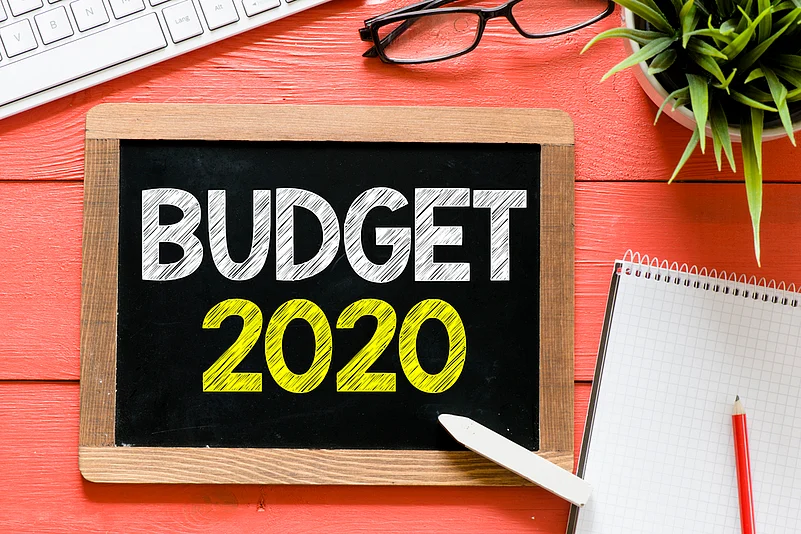The Financial Minister, Nirmala Sitharaman presenting her second Union Budget of the Modi 2.0 government, estimated a fiscal deficit at 3.5 per cent to the GDP in FY21 and with a settled 3.8 per cent in FY20. The estimation for the FY20 was at 3.3 per cent, thereby deviating from the target set in the fiscal path.
She in her speech says, “Every budget must appropriately address the issue of fiscal deficit. Recently the government has undertaken very significant tax reforms for boosting investments. However, expected tax buoyancy will take time.
We estimate a fiscal deficit of 3.8 per cent in FY20 and 3.5 per cent for FY21. This estimation is consistent with the government's abiding commitment to macroeconomic stability. It comprises of,
Advertisement
(a) 3.3 per cent in FY20 and 3 per cent in FY21 budget estimate;
(b) Section 4 (2) of the FRBM Act provides for a trigger mechanism for a deviation from the estimated fiscal deficit on account of structural reforms in the economy with unanticipated fiscal implications. Therefore, I have taken a deviation of 0.5 per cent, consistent with Section 4(3) of the FRBM Act, both for FY20 and FY21.”
Historically we have seen that maintaining a 3.3 per cent of fiscal deficit is a tough ask. The present scenario adds to the adversity of it, therefore, achieving the desired target will be impossible. The following deterrents are the reasons behind which this target might be addressed as a tough chase.
Advertisement
Firstly, even though the internal stimulus has been provided through the budget by the Finance Minister, the negative psychological impact might not help increase domestic consumption. Following the negative trail, the collection of indirect tax will be less.
Secondly, the global slowdown will be severely impacting the export side of the economy. IT companies are losing their market shares because of the cost factor and lack of skillset on the ground of artificial intelligence. The entire episode of downfall might make the government settle for an even higher deficit number.
Thirdly, the geopolitical tensions will stir up the crude price, making the import cost to rise simultaneously. Though the present situation of the crude price is bearish in nature because of the coronavirus outbreak, due to which several airlines have suspended their flights to China. This suspension has reduced fuel consumption. However, this scenario is temporary in nature, as once the normalcy has been restored, the price of crude oil will increase.
After addressing the expenditure side of the economy, we are quite uncertain about the revenue side as it failed to be lucrative enough. The concerns stay real as the widening fiscal gap shows signs of increasing.
A fiscal deficit is termed as the difference between the government’s total revenue and total expenditure. According to the Fiscal Responsibility and Budget Management Act in India, the recommended fiscal deficit should be 3 per cent of GDP. However, governments have repeatedly failed to incur the stated extent. And with the targeted fiscal deficit number this year, the goal to bring it down to 3 per cent remains untouched.















 Just one email a week
Just one email a week